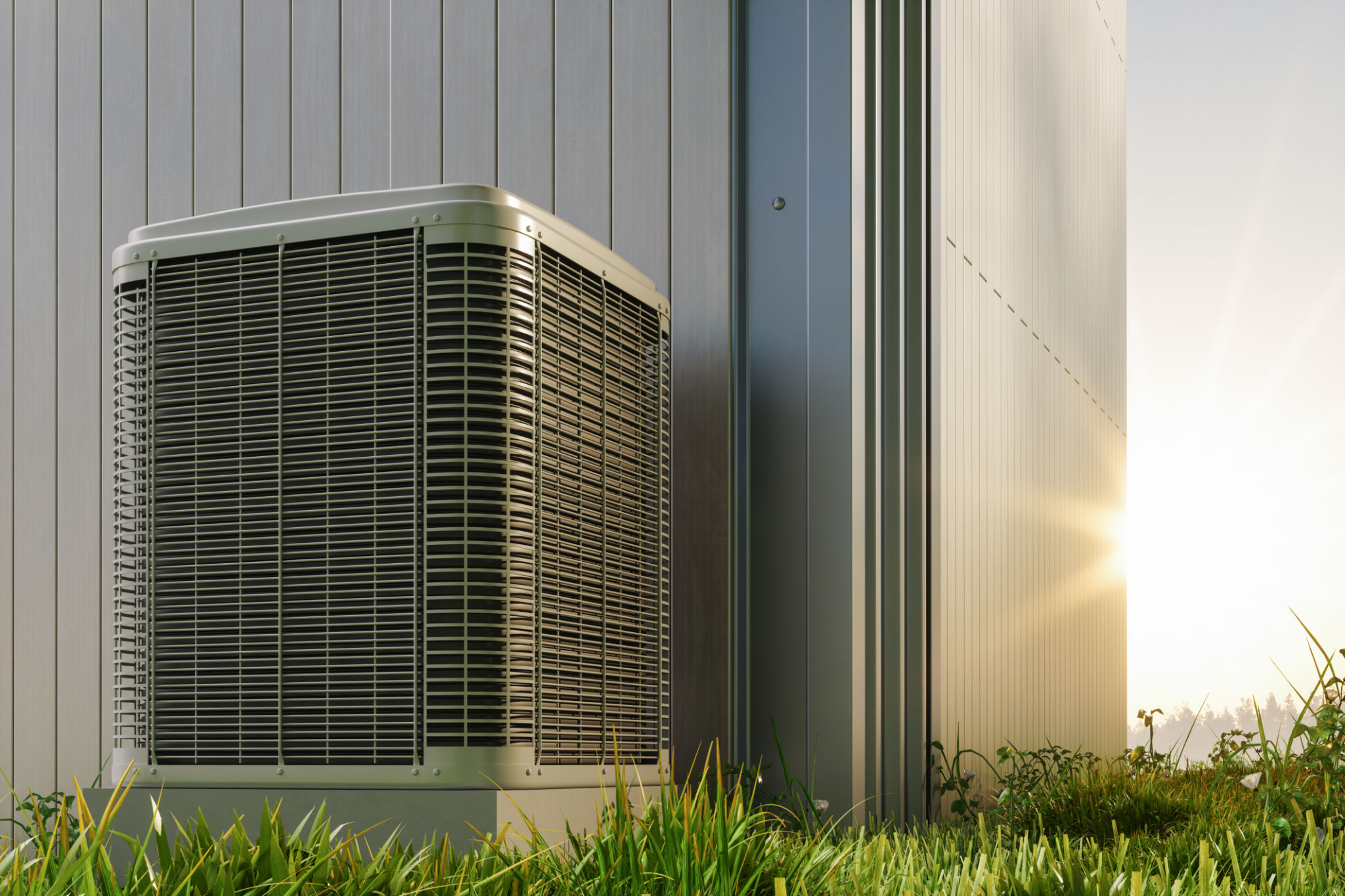DIY HVAC Troubleshooting: Common Issues and Quick Fixes
Introduction
When your HVAC system starts acting up, it can be both frustrating and inconvenient. However, before calling in a professional, there are several DIY troubleshooting steps you can take to potentially resolve the issue. Understanding some common problems and their quick fixes can save you time and money.
Check the Thermostat
The thermostat is often the easiest and quickest place to start when troubleshooting your HVAC system. Ensure that it is set to the correct mode (heating or cooling) and the desired temperature. Replace the batteries if necessary, as dead batteries can prevent the thermostat from functioning properly.

Inspect the Air Filters
Dirty or clogged air filters can severely impact your HVAC system's performance. They restrict airflow, leading to inefficiency and potential damage to other components. Make it a habit to check your air filters every month and replace them if they appear dirty. A clean filter not only improves air quality but also enhances system efficiency.
Examine the Circuit Breaker
If your HVAC system isn't turning on, it might be due to a tripped circuit breaker. Locate your electrical panel and check for any tripped breakers related to the HVAC system. If you find one, reset it by flipping it off and then back on. If the breaker continues to trip, there may be a more serious electrical issue that requires professional attention.
Inspect the Outdoor Unit
The outdoor unit is exposed to the elements and can accumulate debris such as leaves, dirt, and grass clippings. Regularly inspect the unit and clear away any buildup to ensure proper airflow. Additionally, make sure there are at least two feet of clearance around the unit for optimal performance.

Listen for Unusual Noises
Strange noises coming from your HVAC system can indicate a variety of issues. Rattling may suggest loose parts, while squealing could be a sign of a worn belt or motor bearings. If you hear unusual sounds, try to identify their source and consider calling a professional if you're unable to resolve the problem on your own.
Check for Air Leaks
Air leaks in your ductwork can significantly reduce the efficiency of your HVAC system. Inspect the visible sections of ductwork for gaps or holes and seal them with mastic sealant or metal tape. Ensuring that your ducts are properly sealed helps maintain consistent temperature control throughout your home.

Clean the Vents
Blocked or dirty vents can impede airflow and strain your HVAC system. Regularly vacuum dust and debris from vents and registers to ensure unobstructed airflow. Additionally, make sure that furniture or other objects are not blocking the vents.
Conclusion
Troubleshooting your HVAC system doesn't have to be daunting. By following these simple steps, you can address common issues quickly and efficiently. However, if problems persist or you're unsure about performing any of these tasks, it's always best to consult a professional for assistance.
